- News
- Reviews
- Bikes
- Components
- Bar tape & grips
- Bottom brackets
- Brake & gear cables
- Brake & STI levers
- Brake pads & spares
- Brakes
- Cassettes & freewheels
- Chains
- Chainsets & chainrings
- Derailleurs - front
- Derailleurs - rear
- Forks
- Gear levers & shifters
- Groupsets
- Handlebars & extensions
- Headsets
- Hubs
- Inner tubes
- Pedals
- Quick releases & skewers
- Saddles
- Seatposts
- Stems
- Wheels
- Tyres
- Tubeless valves
- Accessories
- Accessories - misc
- Computer mounts
- Bags
- Bar ends
- Bike bags & cases
- Bottle cages
- Bottles
- Cameras
- Car racks
- Child seats
- Computers
- Glasses
- GPS units
- Helmets
- Lights - front
- Lights - rear
- Lights - sets
- Locks
- Mirrors
- Mudguards
- Racks
- Pumps & CO2 inflators
- Puncture kits
- Reflectives
- Smart watches
- Stands and racks
- Trailers
- Clothing
- Health, fitness and nutrition
- Tools and workshop
- Miscellaneous
- Buyers Guides
- Features
- Forum
- Recommends
- Podcast
TECH NEWS
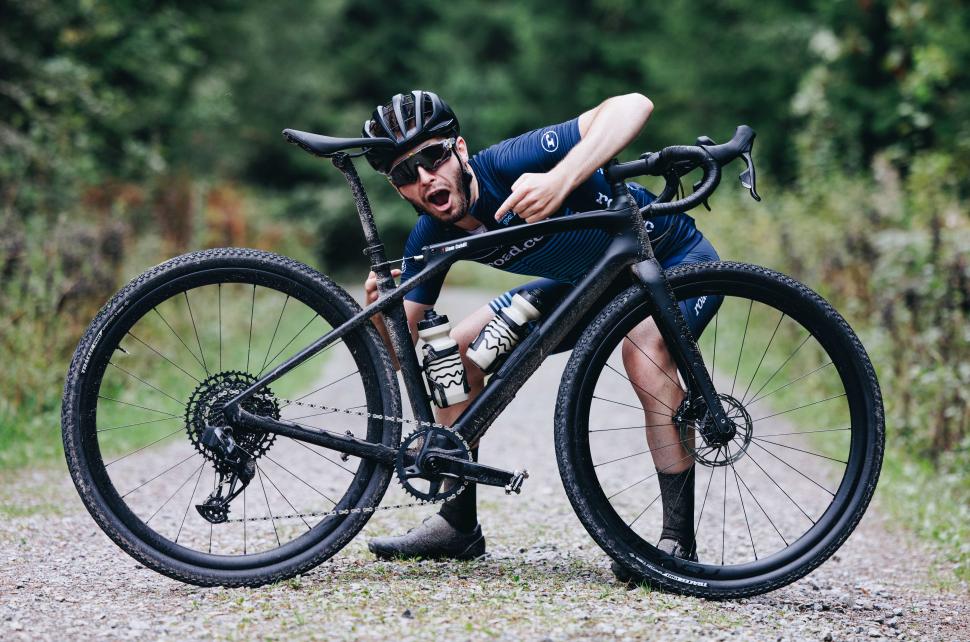 2023 Specialized Diverge STR hero
2023 Specialized Diverge STR heroSpecialized launches revamped Diverge STR gravel bike with all new radical rear suspension system
In Specialized's bid to prove that "smoother is faster", the new Diverge STR gains an all new Futureshock system at the rear as well as the front to give the bike a silhouette like no other. With space for 700x47c tyres, 20mm of suspension at the front and 30mm round the back, is this the most mountain bikey gravel bike from a big brand yet?
> Check out our first ride review too: Specialized Diverge STR
Hot off the back of the radical-looking new Bianchi Oltre, Specialized too has thought it would join the divisive aesthetics party.
The hydraulically damped elephant in the room of course is that rear suspension system; Specialized says that this is "more compliant than any drop bar bike [they] have ever made, yet adds just 100 grams compared to the outgoing S-Works Diverge frame."
That gives the new FACT 11R Rigid Carbon Frame a claimed weight of 1,050g, although a closer look indicates that it'll be 1,100g by the time it's painted (Size 56cm frame) with no hardware and the complete frameset (including future shock systems) is just under 400g heavier than the standard S-Works Diverge, a bike that made it into our best gravel bikes buyer's guide.
The rear Futureshock system also once again sets the Diverge on a separate path to the Crux. The now previous generation Specialized Diverge and latest generation Specialized Crux had grown very similar, converging on a design with 700x47c clearance, that said this new design also gets clearance for 47mm tyres or 2.1" rubber on 650b rims.
Specialized says that "never have so few grams added so much capability. Climb it, race it, or load it down with bags and gear for the long haul, Diverge STR does it all faster and smoother without any excess baggage".
Of course, this is by no means the first time that we've seen gravel bikes try and boost compliance. The Lauf Seigla, for example, has a large focus on boosting rear compliance and uses a unique front fork design to provide 28mm of travel. The Cannondale Topstone and Niner MCR 9 RDO meanwhile have been boasting full rear suspension systems for some time now, offering 30 and 50mm of rear wheel travel respectively.
THAT rear suspension system
The somewhat unconventional looking 30mm of rear travel is no better described than in the above video. As the rear wheel impacts a bump, it moves up. The ‘framepost’ works a spring, moving backwards in response. Its direction of travel is equal and opposite to the wheel’s path.
The damper controls the movement of the framepost backwards and forwards. According to Specialized, this ensures that the rider maintains the same position in space.
The system is fully tunable for rider weight, height and riding style with on-the-fly adjustability. It's also compatible with a 27.2mm dropper post. A lever on the damper provides three levels of compression damping, while rebound speed can be adjusted (not on the fly) with a hex key through a hole in the base of the top tube
The Diverge STR will ship with two frame posts, that Specialized expects will "well-serve" most riders. If that doesn't work then there is, in fact, a total of nine frame posts each with different layups, to have "unique stiffness profiles". Additionally, each frame post has two different stiffness settings, depending on its orientation. Talk about complicated!
> Staff Bikes: Jamie's custom Lauf Seigla gravel bike
Specialized says that they have "put tremendous focus on making the Diverge STR reliable and easy to live with." and that "the entire system is meant to last a long time without service or any special maintenance."
With this in mind, like on the front Futureshock 2.0 system, the damper itself is not serviceable and is considered a wear item. This was in fact one of the main drawbacks and reasons for selling my own hardtail Diverge, but only time will tell just how durable this new system is.
Specialized says that by "suspending the rider with damped, tunable travel (20mm front / 30mm rear), Future Shock Technology absorbs bump forces to boost your control and capability while retaining efficiency and responsiveness of a rigid frame because as far as power transfer goes, it is a rigid frame.
"Power to the pedals makes the bike jump like a scared cat. You’re efficient, you’re comfortable, you’re in control. Your bike is light, nimble, and responsive."
> 8 tips to get started with gravel riding
The brand has supplied the above graphs and data to back up its claims, and below you can see the bike from which it gathered the data. There's just something quite cool about a test mule bike!
The rest of the bike...
I'm afraid the rest of the bike gets a fairly short section simply because most of the tech here has remained very similar to the standard Diverge. As previously mentioned the STR retains the 20mm Futureshock 2.0 system at the front and 47mm of tyre clearance. The internal SWAT compartment also remains in the downtube to provide storage for tubes, tools, jelly babies... or whatever else people like to put in there.
As this is a bike that Specialized says is capable of serious endurance rides, there is also a fair few mounting points. Mounting points on the forks and top tube can accommodate a front mudguard, bento box and fork storage solutions, but many will be disappointed to find that there are no mounts for a rear mudguard thanks to that new suspension system.
> Endurance Bikes vs Gravel Bikes
Geometry
Specialized says it wanted the new travel to eliminate bobbing under power and ensure big hits never catapult you from the saddle, without compromising fit or pedalling efficiency. As such, the stack and reach of the Diverge STR is the same as other Diverge models, and bike sizing is meant to be consistent between them.
> How to read a bike geometry table: the numbers made easy
You will notice from the geometry that there are a few minor differences when compared to the latest hardtail Diverge: The BB drop is increased from 80 to 85mm, the chainstay length has increased from 425mm to 429mm and the seat tube angle is ~0.5 degrees steeper. Specialized says that this change in seat tube angle is to "compensate for sag in the STR system in the static position so that your sagged riding position ends up the same between bikes."
Tech Specs
- Futureshock 2.0 system
- 27.2mm seatpost (With compatibility for dropper post)
- 68mm BSA threaded bottom bracket
- Tyre clearance 700 x 47c / 650b x 2.1" (With 6mm clearance either side)
- Flat mount brakes (160/180mm front)
- 125kg weight limit
- 100x12/142x12mm dropout spacing
- Claimed frame weight: 1,100g
- Sizes: 49, 52, 54, 56, 58, 61cm
Pricing and weights
The Diverge STR will be offered in three variations, S-Works, Pro and Expert. A complete 56cm S-Works Diverge STR has a claimed weight of 8.5kg set up tubeless out of the box. Meanwhile, Pro and Expert models come in at 8.9kg and 9.5kg, respectively.
S-Works (£13,000)
As usual, the S-Works model sits at the top of the range and at launch is available in just one colour option, Satin Forest Green. The S-Works model gets the same FACT 11R frame as the rest of the range but benefits from carbon Roval Terra CLX wheels, carbon Roval Terra bars, S-Works Power saddle and a mullet Sram Red eTap AXS groupset with Sram XX1 Eagle rear mech.
Pro (£9,000)
The Pro model is the loudest of the lot in this Satin Blaze/Violet Ghost Pearl Fade colourway. It too gets carbon wheels in the form of Roval Terra CLs, the same carbon Roval Terra bars, saddle and S-Works carbon seatpost. The Pro model ships with a Sram Force eTap AXS groupset with Sram X01 Eagle AXS rear mech.
Expert (£7,500)
The Expert model is offered in two colours, Satin Harvest (above) and Satin Black (below). The Expert range gets more relaxed alloy hover bars, carbon Terra C wheels and a Sram Rival eTap AXS groupset with NX Eagle rear mech. Like all of the Diverge STR models, the Expert comes with 42mm Tracer Pro 2BR tyres.
Full build specs and more information can be found on the Specialized website. We've already got a bike on it's way for further riding, so expect a full review in the coming weeks.
What do you make of the new bike? Has Specialized solved your gravel woes or is it barking up the wrong tree? Let us know in the comments section below...
Jamie has been riding bikes since a tender age but really caught the bug for racing and reviewing whilst studying towards a master's in Mechanical engineering at Swansea University. Having graduated, he decided he really quite liked working with bikes and is now a full-time addition to the road.cc team. When not writing about tech news or working on the Youtube channel, you can still find him racing local crits trying to cling on to his cat 2 licence...and missing every break going...
Latest Comments
- Aluminium can 2 sec ago
While I always have lights on day and night and wear fluro, I have a friend that wears all black all the time and doesn't use lights ever. His...
- eburtthebike 2 hours 4 min ago
A sad case, and one with no winners. The driver can thank her lucky stars that the cyclist wasn't more seriously injured and that the court was...
- AidanR 3 hours 55 sec ago
Bloody hell... How are you doing now?
- ktache 3 hours 9 min ago
And I liked endura too. Got a nice long sleeve mostly merino long sleeve a little while back, in orange.
- matthewn5 3 hours 37 min ago
No, the Ebay lights have been around for several years, this Lezyne light just appeared.
- chrisonabike 3 hours 53 min ago
They shouldn't worry - the second part of the "tariff" refrain is "they can make it in US and they'll do very well".
- Mr Blackbird 4 hours 25 min ago
"At the going down of the sun, it will get in our eyes and cause us to crash into things."
- Rendel Harris 4 hours 33 min ago
Been living in the area thirty years now and Brixton Cycles (and local riders wearing their famed Rastafarian colours jersey) has been an iconic...
- chrisonabike 9 hours 29 min ago
Indeed - but again these are perhaps questions we should keep asking. Even if the immediate answer is "well we are where we are" or "how on earth...

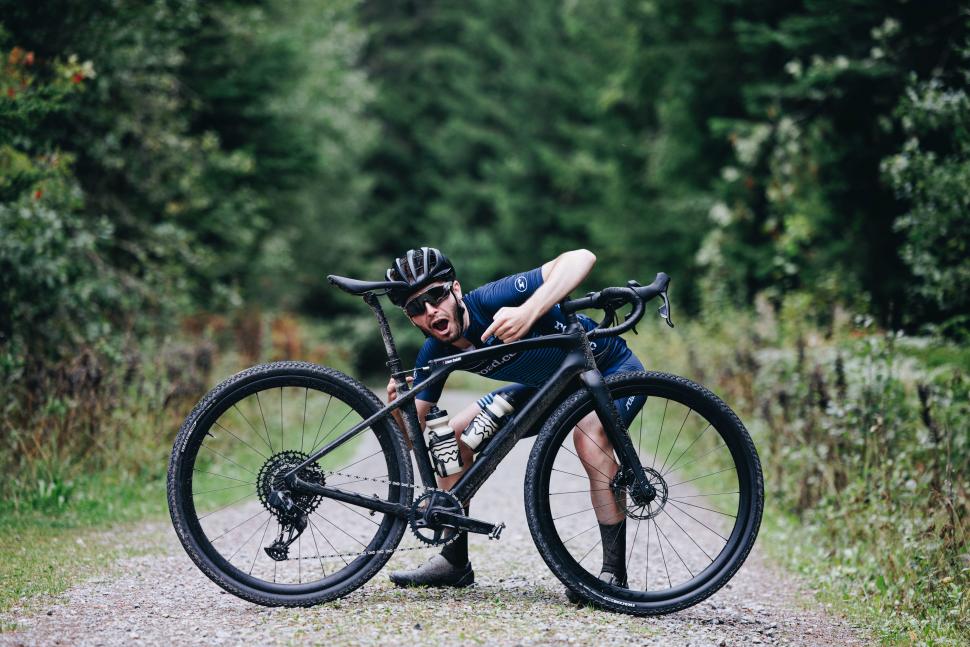
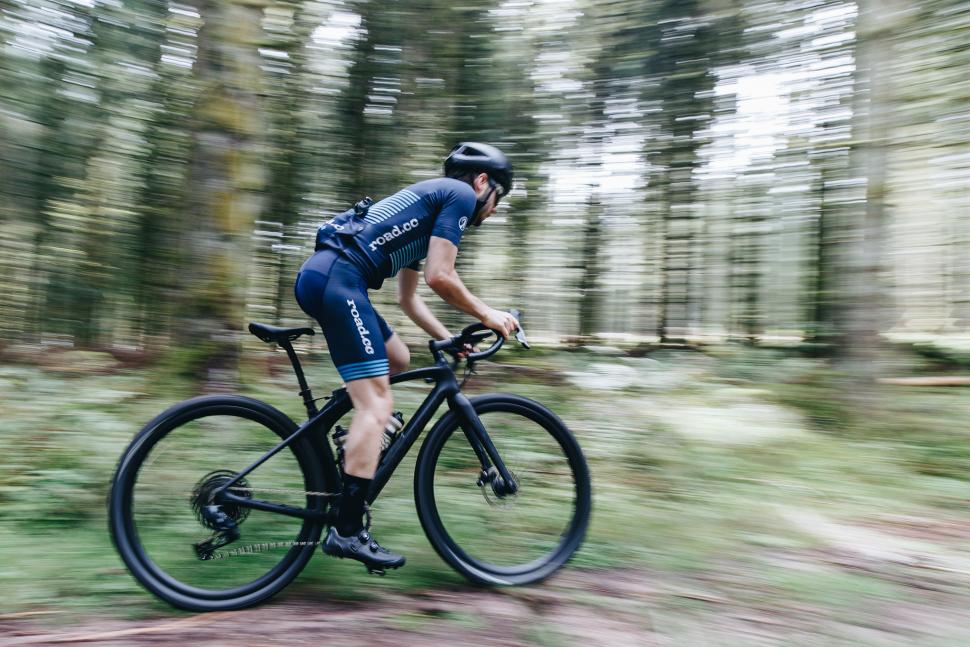
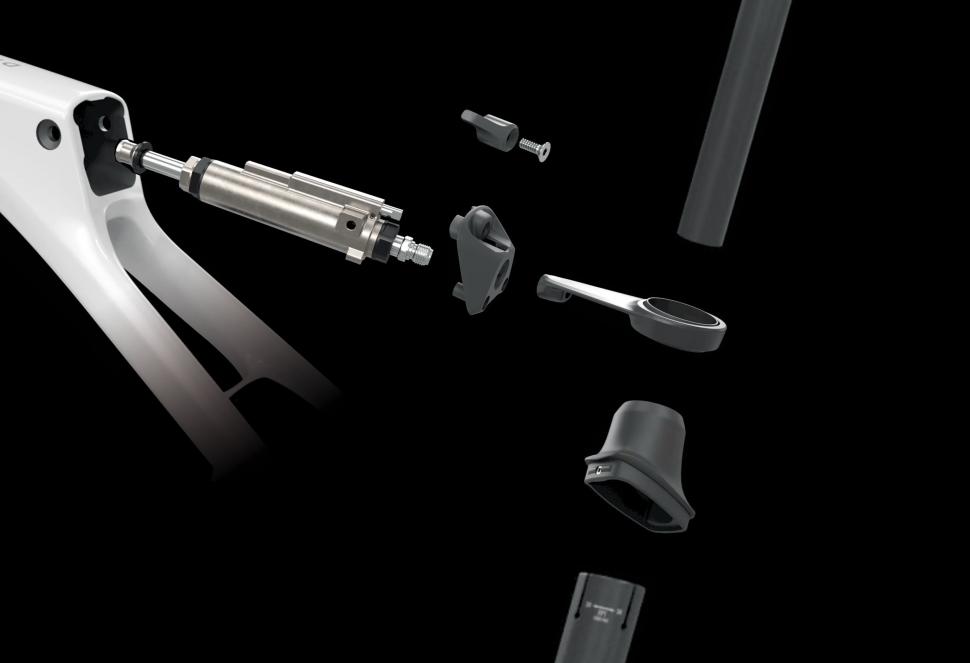
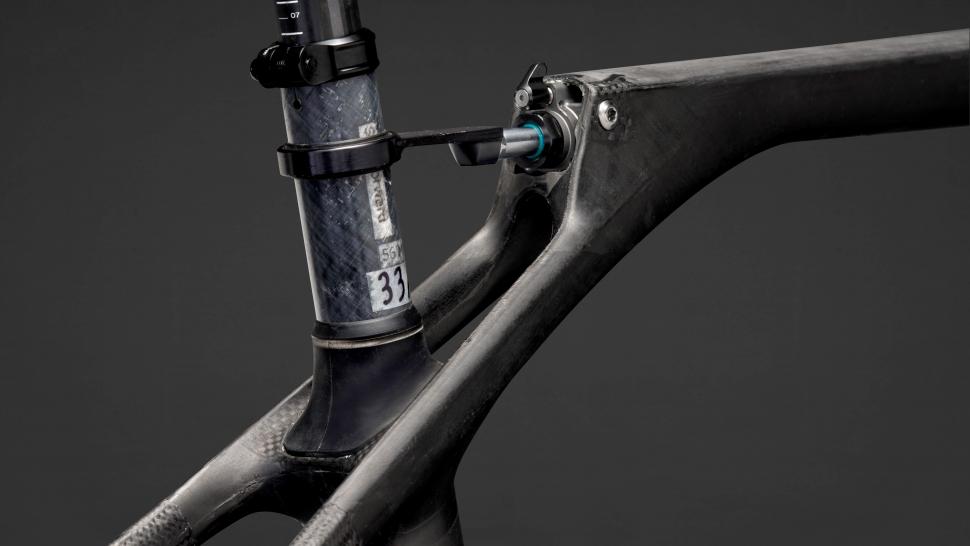
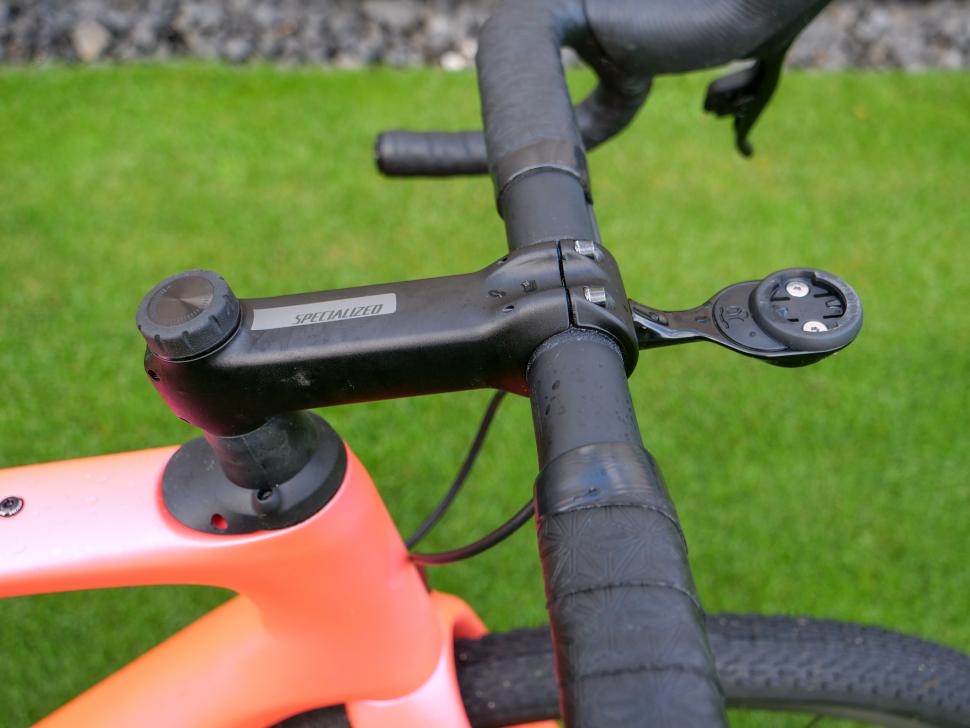
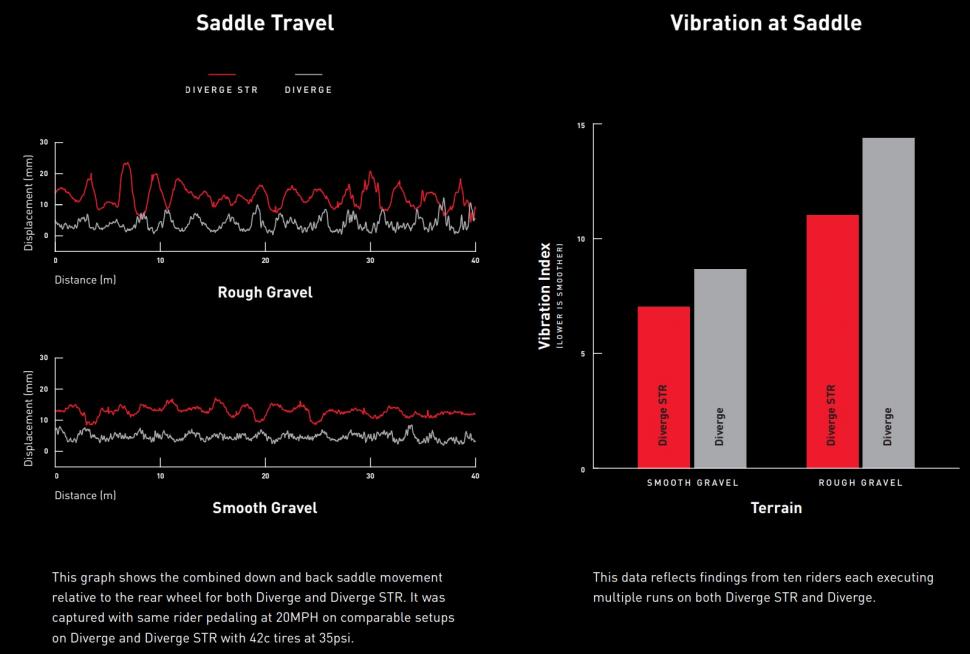
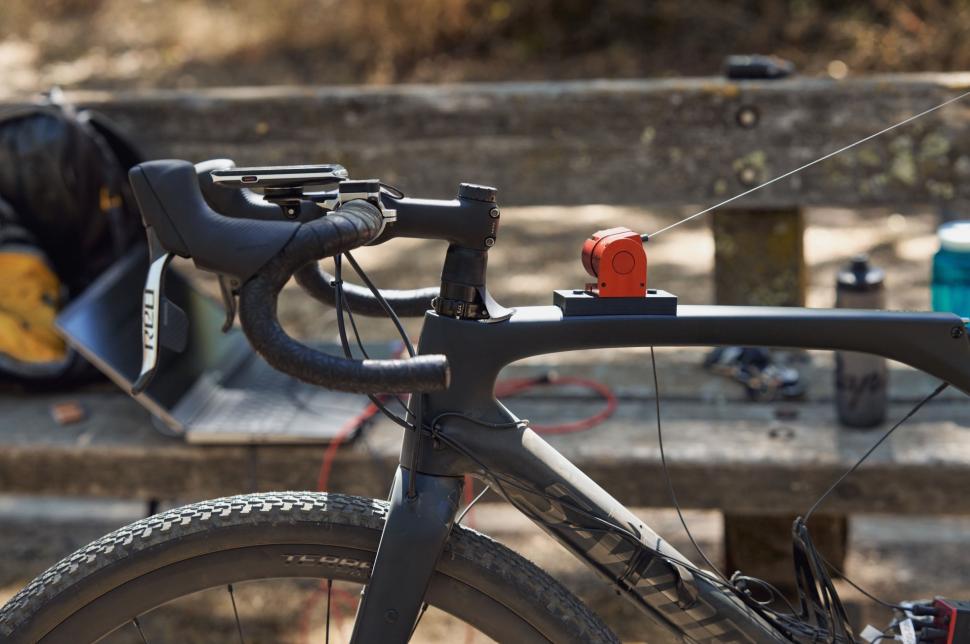


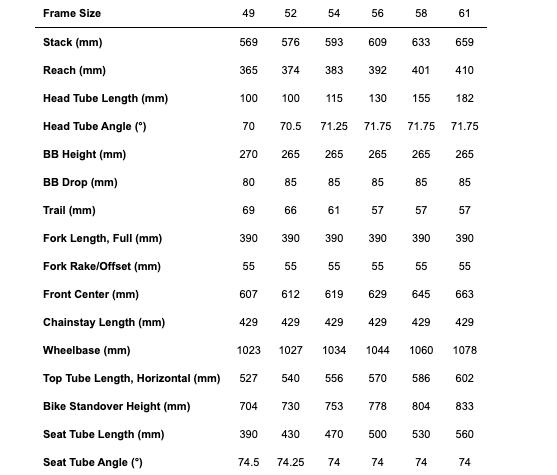
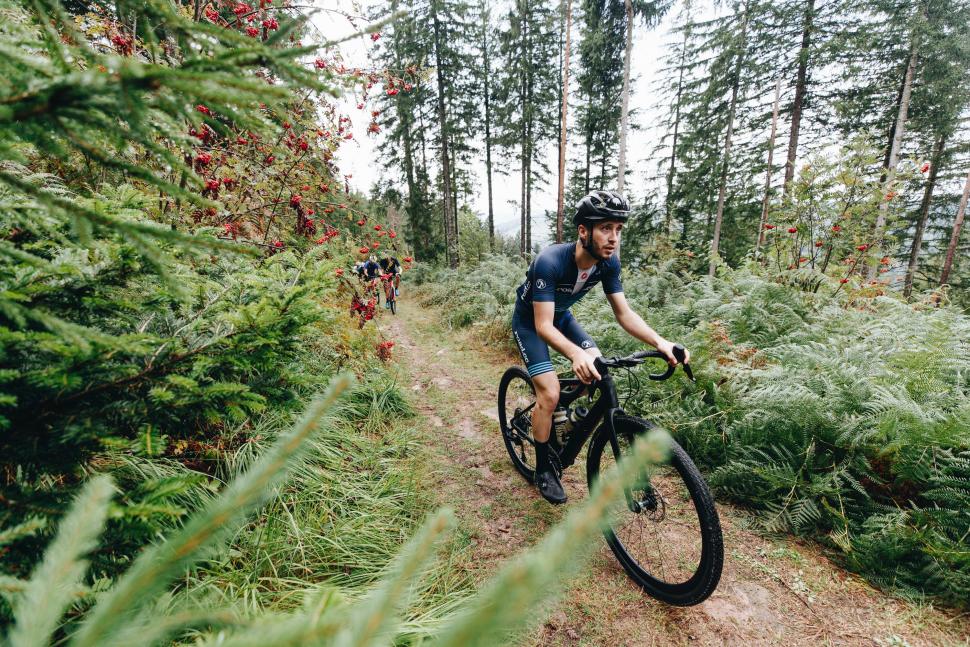

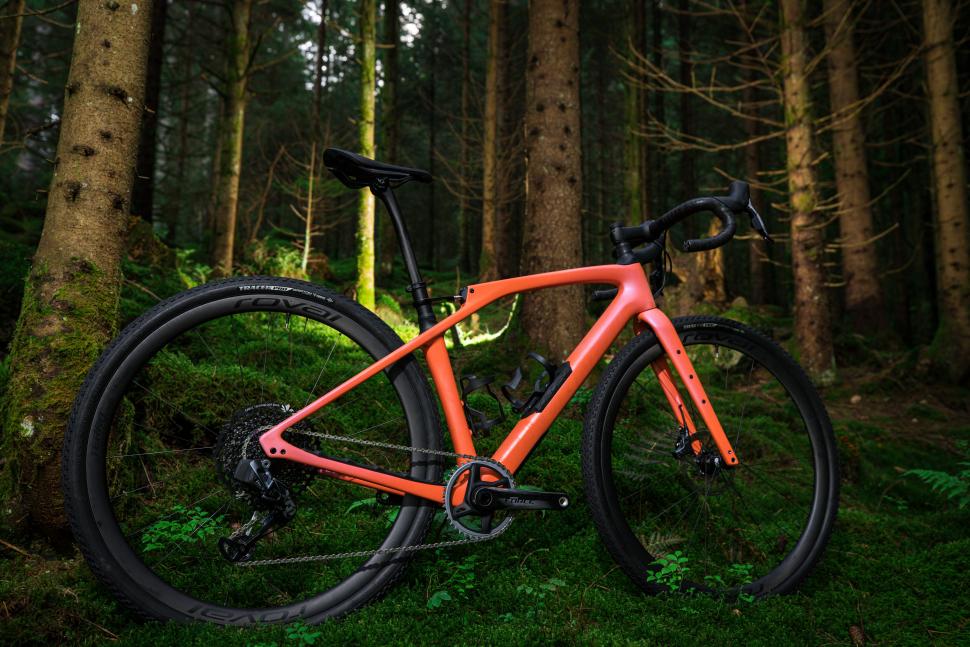

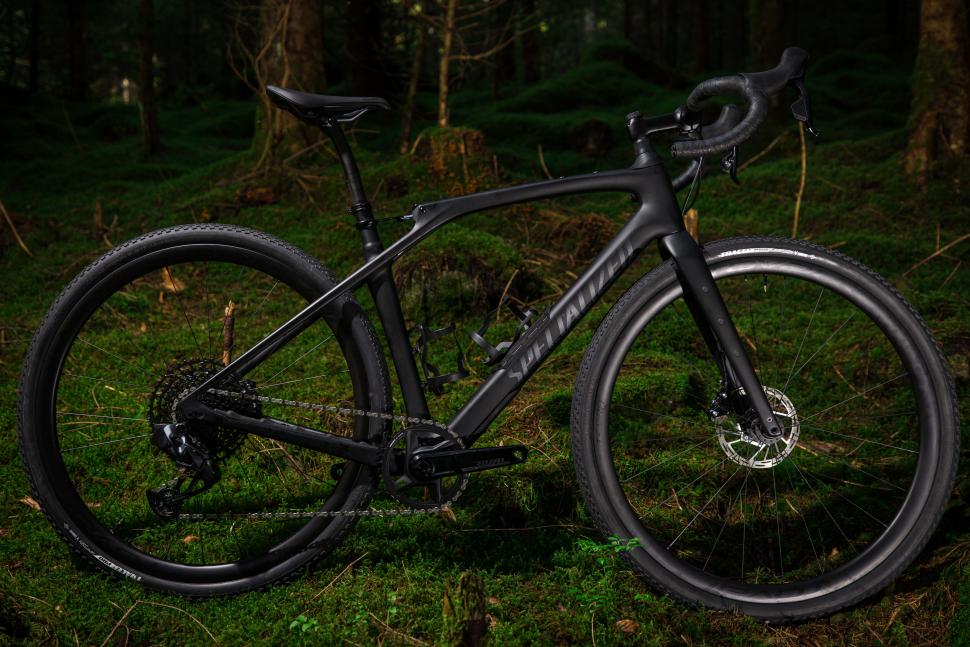
Add new comment
13 comments
I've realised what bothers me about the video of the rear suspension. It's lying. The true trajectory of the saddle is much more backwards than it is downwards. The video makes it seem otherwise.
Absolutely pointless.
Slower than a good lightweight XC bike off road.
Slow on the road, barely faster than a good XC MTB.
More uncomfortable and less capable than a good XC MTB.
Stupidly expensive and over-inflated pricing, and for 'innovation'.
A cynical route for big bike companies to dupe consumers into an n+1 purchase what is a heavily compromised 'Jack of *no* trades and master of none' bike.
Dentists - fill your boots.
Everyone else, save a chunk and get a better weapon; buy a tricked up, lightweight XC MTB and fly, with a bigger, more comfortable ride, each time, every time.
Would like to see road.cc do a comparison as part of it's review between the new model diverge and the old model fitted with a suspension seat post. Would be interesting to know if you could save yourself a few grand.
That Diverge does not have suspension. It's a seat tube that moves backwards, that may provide some suspension like sensations. It's basically Trek's iso-speed but with more movement.
A shorter travel, lighter version of something like a Kona Hei Hei Supreme frame (or something like the 'soft-tail' mountain bike frames that have appeared at various times) and then we'd be in potentially viable gravel bike suspension territory.
The problem though will always be the fork, as a telescopic fork with 30mm travel will always weigh not much less than one with 100mm of travel, and much more than a rigid fork. The solution could be something like the Lauf fork, but with a damper.
The lauf isnt bad. Another option that I'm surprised hasnt been resurected is a similar method to the Lauf but done and damped at the headset end - AMP Research did this in 1993. The CEO and Engineer of AMP was Horst Leitner who also designed the Horst-Link 4 bar suspension that still widely used today on FS MTB's so he's a bit of a legend.
https://www.pinkbike.com/news/now-that-was-a-bike-1993-amp-b2.html
IMO its much neater than the Lauf.
I can't imagine why Specialized didn't check with random internet person joules1975 to get the offical definition of what qualifies as a suspension on a bicycle prior to deciding to use the term.
It's a shame that so many people can't grasp that bike riding is one big continuous spectrum from a smooth velodrome to the most technical and harsh terrain. Varying levels of comfort and traction enhancing forms of suspension (or whatever you want to call it if you refuse to accept that term) can be viable for different riding conditions and individual preferences. Specialized usually has heavy involvement of professional riders in the development of new models, whose opinions and preferences I'd give more weight than self appointed experts on the internet.
I think it's great that there are all sorts of options already, and new ones being brought to market that allow riders to select what they feel is best for their use case. A road bike with bigger tires worked best at the gravel world championships, and MTBs have won other gravel events, but that doesn't make either the end all, be all. The term gravel is applied to a wide range of terrain and often the combination of multiple different terrains in a single event so there is no single best option, or best type or amount of suspension.
I'd bet that Specialized tested out many different forms of suspension, with both objective testing and subjective rider feedback coming all along the way. I don't love the look of this setup, nor the potential maintenance requirements but I'd definitely be interested in trying it out on a variety of terrain rather than making a determination based on assumptions.
It looks like one of them machines that shags you
brillaint! funniest thing ive ever read on a bike site. im sure specialized will appreaciate the analogy.
George Clooney would like a word about patents.
That's because it does shag you...
...all the way to the bank
The headline S-Works one looks ace! But I see two elephants... 1) It's so niche here in the UK, I'd probably only ever need to use it once a year... 2) you can get an as light or lighter XC bike for £8k (Mondraker Podium Carbon RR SL) which frankly would be far better for UK riding AND.. I could buy another bike with the change, in fact I could get a darn near top end gravel bike with the change! However saying that, I do bet under the right conditions that this is a great bike to ride.
The quest to put minimalist suspension on road or gravel bikes seems utterly pointless to me. It's like a badge of stupidity on the frame.
hmm